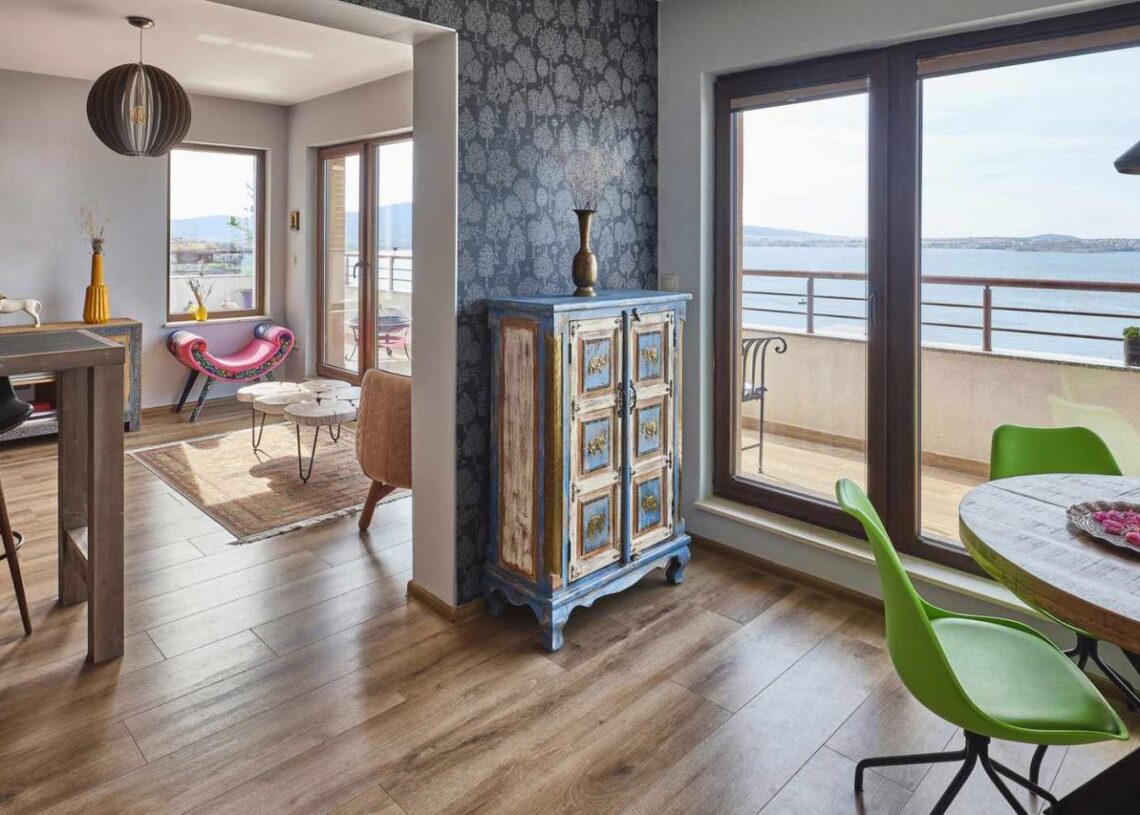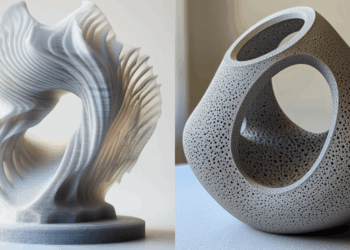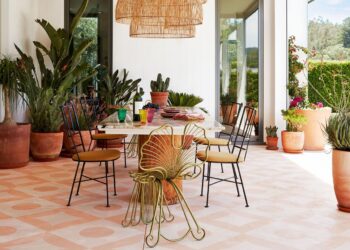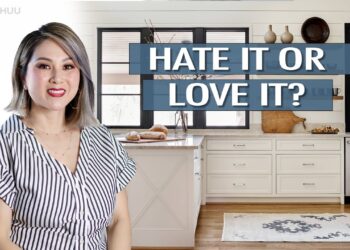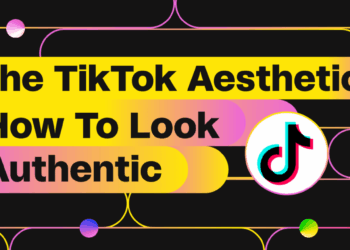In a dramatic shift from polished minimalism, a new design movement is taking over luxury spaces – intentionally “ugly” aesthetics. From lumpy sofas to clashing patterns, this anti-perfection trend celebrates raw, awkward, and unconventional beauty. But why are high-end consumers embracing designs they would have rejected just years ago? This 2,000+ word exploration dives into the psychology, cultural shifts, and key players behind ugly design’s rise as the ultimate status symbol in 2024.
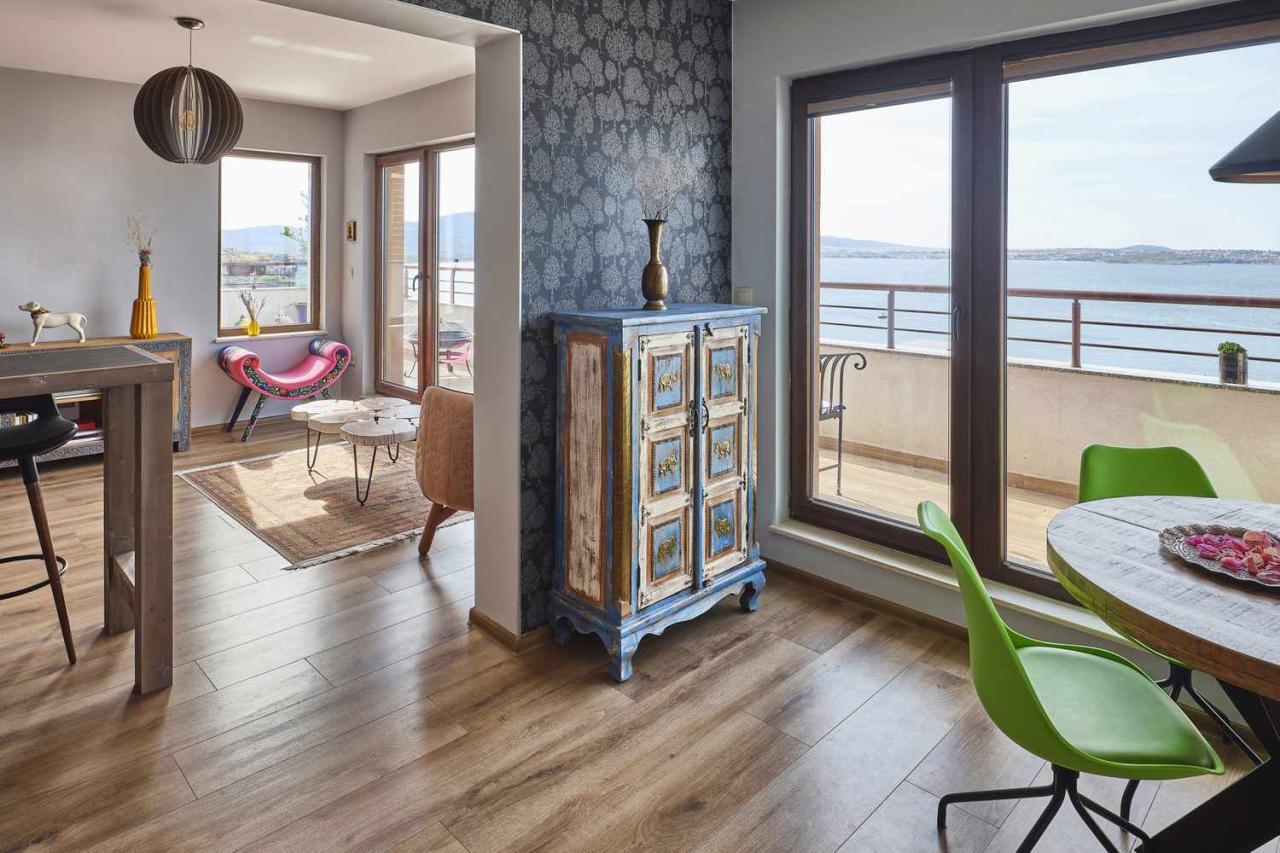 A. Defining the Ugly Design Phenomenon
A. Defining the Ugly Design Phenomenon
-
Key Characteristics
-
Deliberate imperfection (asymmetry, “unfinished” looks)
-
Clashing colors and textures
-
Rejection of mass-produced sleekness
-
-
Origins and Influences
-
Postmodernism’s rebellion against rules
-
Meme culture’s embrace of awkwardness
-
Gen Z’s rejection of curated perfection
-
-
Terminology
-
“Brutalist chic”
-
“Anti-design”
-
“New ugly” movement
-
B. Why Ugly Design Equals Luxury Now
1. The Exhaustion of Perfection
-
Social media fatigue from flawless imagery
-
Authenticity as the new status symbol
-
Mental health benefits of “good enough” aesthetics
2. Scarcity Through Unlikability
-
Not everyone appreciates ugly-chic = exclusivity
-
Custom, one-off pieces dominate
-
Rejects algorithmic trend predictability
3. Intellectual Prestige
-
Requires explanation = cultural capital
-
References avant-garde art movements
-
Signals design literacy through rule-breaking
C. Ugly Design Manifestations 
-
Furniture
-
Lumpy, misshapen sofas (Faye Toogood’s Roly Poly)
-
Deliberately “bad” proportions
-
Exposed construction elements
-
-
Interiors
-
Clashing wallpaper patterns
-
Purposefully awkward layouts
-
Uncomfortable yet expensive seating
-
-
Fashion
-
Dad shoe revival
-
Purposefully “bad” tailoring
-
Gaudy logo mashups
-
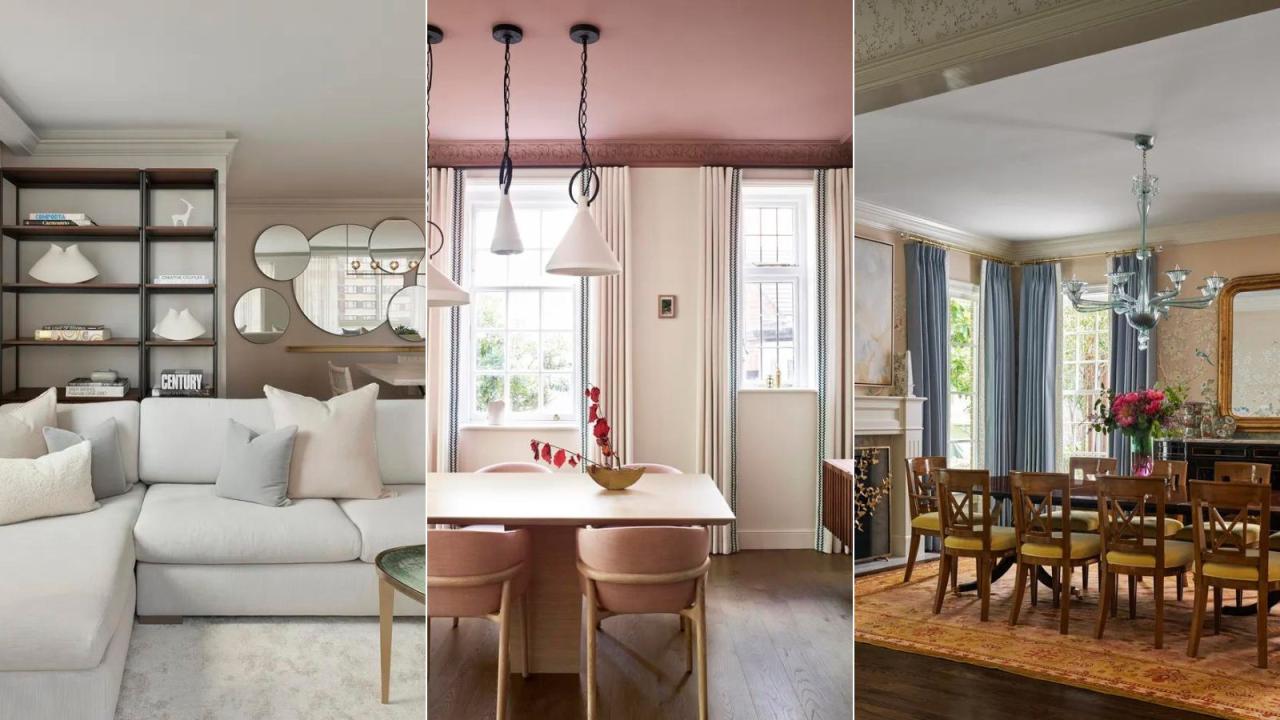 D. Psychological Drivers Behind the Trend
D. Psychological Drivers Behind the Trend
-
Nostalgia for Authenticity
-
Craving pre-digital imperfection
-
Childhood memory triggers
-
Rejecting Instagram face filters
-
-
Status Signaling
-
“I can afford not to care” luxury
-
In-group identification
-
Reverse snobbery
-
-
Comfort in Chaos
-
Reflects pandemic-era anxieties
-
Permission to be imperfect
-
Rejection of oppressive minimalism
-
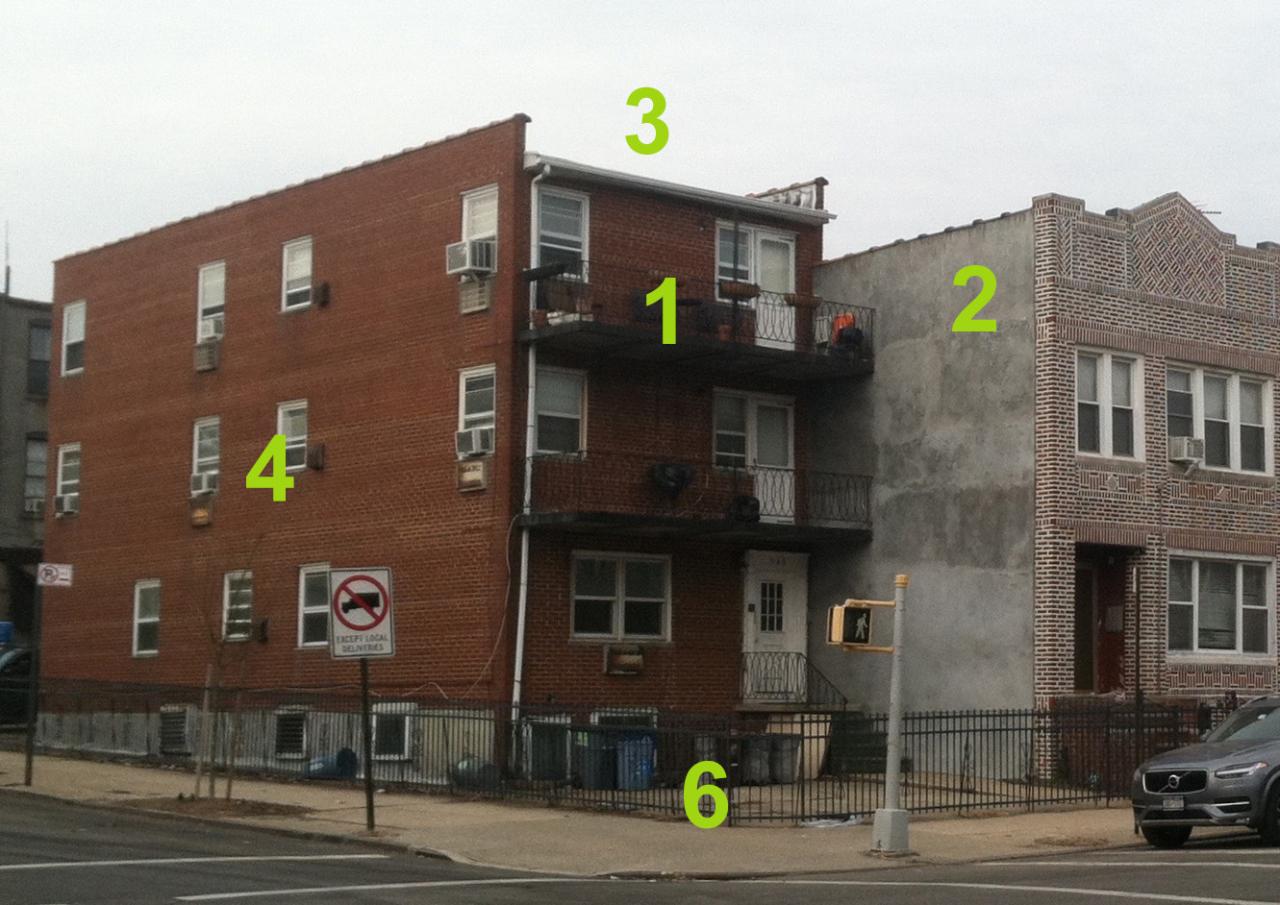 E. Implementing Ugly Luxury at Home
E. Implementing Ugly Luxury at Home
1. Starting Small
-
Statement ugly vase or sculpture
-
One “wrong” color in a room
-
Mixing high and low textures
2. Going All-In
-
Custom ugly-chic furniture
-
Maximalist pattern clashes
-
Embracing awkward layouts
3. Avoiding Pitfalls
-
Maintaining functionality
-
Balancing ugly elements
-
Quality beneath the ugly surface
F. The Future of Ugly Design
-
Mainstream Adoption Risks
-
Big box store knockoffs
-
Losing its counterculture edge
-
Algorithmic co-option
-
-
Evolution Predictions
-
More interactive ugly design
-
Digital ugly (NFTs, VR spaces)
-
Sustainable ugly (repurposed materials)
-
-
Long-Term Cultural Impact
-
Permanent shift in beauty standards
-
New design education approaches
-
Blurring of high/low culture
-
Conclusion
Ugly design’s rise as a luxury phenomenon reveals deeper cultural yearnings – for authenticity, intellectual stimulation, and liberation from perfection. Far from a passing trend, this movement represents a fundamental rethinking of what design can and should be. As we move further into the 2020s, expect ugly aesthetics to evolve from rebellious statement to established design language, challenging our definitions of beauty and value along the way.
Tags: ugly design, anti-aesthetic, luxury trends, interior design, postmodern decor, design rebellion, brutalist chic, maximalism, design psychology, status symbols

